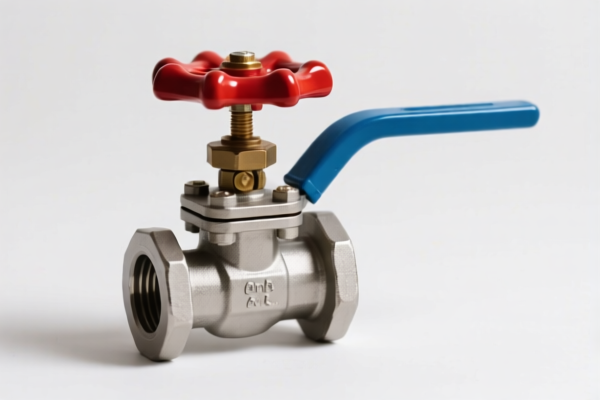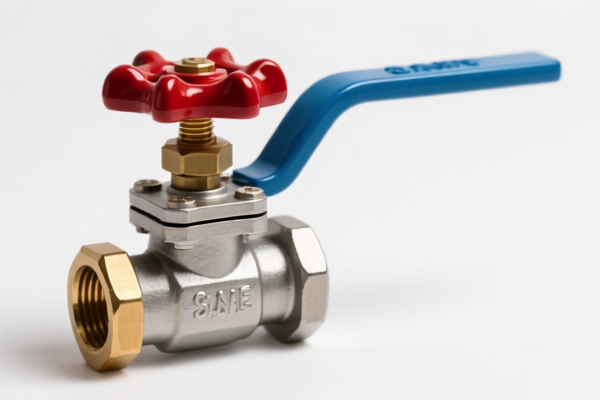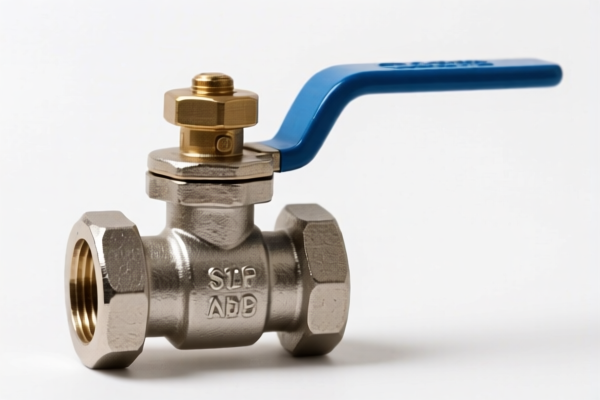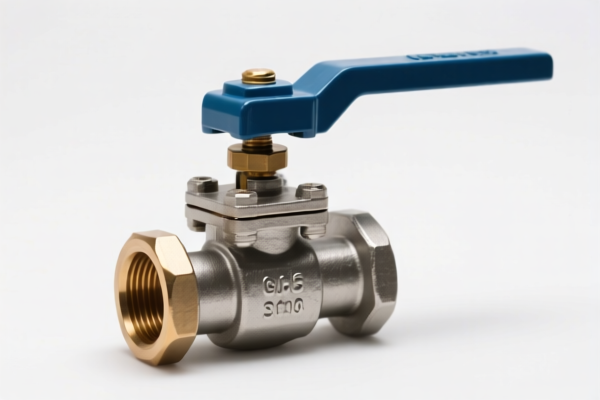| HS Code | Official Doc | Tariff Rate | Origin | Destination | Effective Date |
|---|---|---|---|---|---|
| 8483504000 | Doc | 60.7% | CN | US | 2025-05-12 |




Grayvalve
A grayvalve, commonly referred to simply as a valve, is a mechanical device designed to control the flow of fluids – liquids, gases, or slurries – by opening, closing, or partially obstructing passages. They are fundamental components in numerous industrial, residential, and commercial systems.
Material
Grayvalves are constructed from a wide range of materials depending on the fluid handled, pressure requirements, and temperature conditions. Common materials include:
- Cast Iron: Used for water and some non-corrosive fluids, offering good strength and cost-effectiveness.
- Steel (Carbon Steel, Stainless Steel): Employed for higher pressures, temperatures, and compatibility with various fluids, including oil, gas, and chemicals. Stainless steel offers corrosion resistance.
- Brass: Suitable for water, gas, and some chemicals, known for its corrosion resistance and machinability.
- Bronze: Offers good corrosion resistance and is often used in marine applications.
- PVC, CPVC, PP, PVDF: Plastics used for corrosive fluids, lower pressures, and temperatures.
- Alloys (e.g., Hastelloy, Monel): Used in highly corrosive or extreme temperature environments.
Purpose
The primary purpose of a grayvalve is flow control. This control can be for:
- Isolation: Completely stopping flow for maintenance or safety.
- Throttling: Reducing flow to a desired rate.
- Pressure Regulation: Maintaining a specific pressure downstream.
- Backflow Prevention: Preventing the reversal of fluid flow.
- Diversion: Directing fluid flow to different paths.
Function
Grayvalves function by manipulating a closure element (e.g., disc, gate, ball, plug) within the valve body to alter the flow path. The operation can be manual (handwheel, lever), automatic (actuator, solenoid), or self-regulating (pressure-reducing valves).
Usage Scenarios
Grayvalves are utilized across diverse applications:
- Water Supply Systems: Controlling water flow to homes, businesses, and irrigation systems.
- Oil and Gas Industry: Managing the flow of crude oil, natural gas, and refined products.
- Chemical Processing: Controlling the flow of corrosive chemicals and reactants.
- Power Generation: Regulating steam, water, and fuel flow in power plants.
- HVAC Systems: Controlling the flow of heating and cooling fluids.
- Wastewater Treatment: Managing the flow of sewage and treated water.
- Manufacturing: Controlling fluid flow in various industrial processes.
Common Types
Numerous grayvalve types exist, each suited for specific applications:
- Gate Valve: Provides full flow when open, but slow operation; used for isolation.
- Globe Valve: Excellent throttling capabilities, but higher pressure drop; used for flow regulation.
- Ball Valve: Quick operation, tight shut-off, and minimal pressure drop; used for isolation and control.
- Butterfly Valve: Compact design, lightweight, and suitable for large diameters; used for isolation and control.
- Check Valve: Allows flow in one direction only; prevents backflow.
- Plug Valve: Simple design, quick operation, and suitable for slurries; used for isolation and control.
- Needle Valve: Precise flow control, but limited capacity; used for fine adjustments.
- Pressure Reducing Valve: Automatically reduces and maintains a constant downstream pressure.
- Safety Valve: Automatically releases pressure to prevent overpressure.
- Control Valve: Modulates flow based on a signal from a controller.
Based on the provided information, “grayvalve” can be classified under the following HS codes:
- 8483504000: This HS code covers Transmission shafts (including camshafts and crankshafts) and cranks; bearing housings, housed bearings and plain shaft bearings; gears and gearing; ball or roller screws; gear boxes and other speed changers, including torque converters; flywheels and pulleys, including pulley blocks; clutches and shaft couplings (including universal joints); parts thereof: Flywheels and pulleys, including pulley blocks: Gray-iron awning or tackle pulleys, not over
6.4 cm in wheel diameter. This specifically includes gray-iron awning or tackle pulleys with a wheel diameter not exceeding 6.4 cm.
According to the provided reference material, the HS code options related to 'grayvalve' are limited, with only the following 1 found.
Regarding HS code 8483504000, please note the wheel diameter limitation of not over 6.4 cm for gray-iron awning or tackle pulleys. The applicable tax rate is a base tariff of 5.7%, an additional tariff of 25.0%, and an additional tariff of 30.0% after 2025.4.2, resulting in a total tariff of 60.7%.
Customer Reviews
No reviews yet.